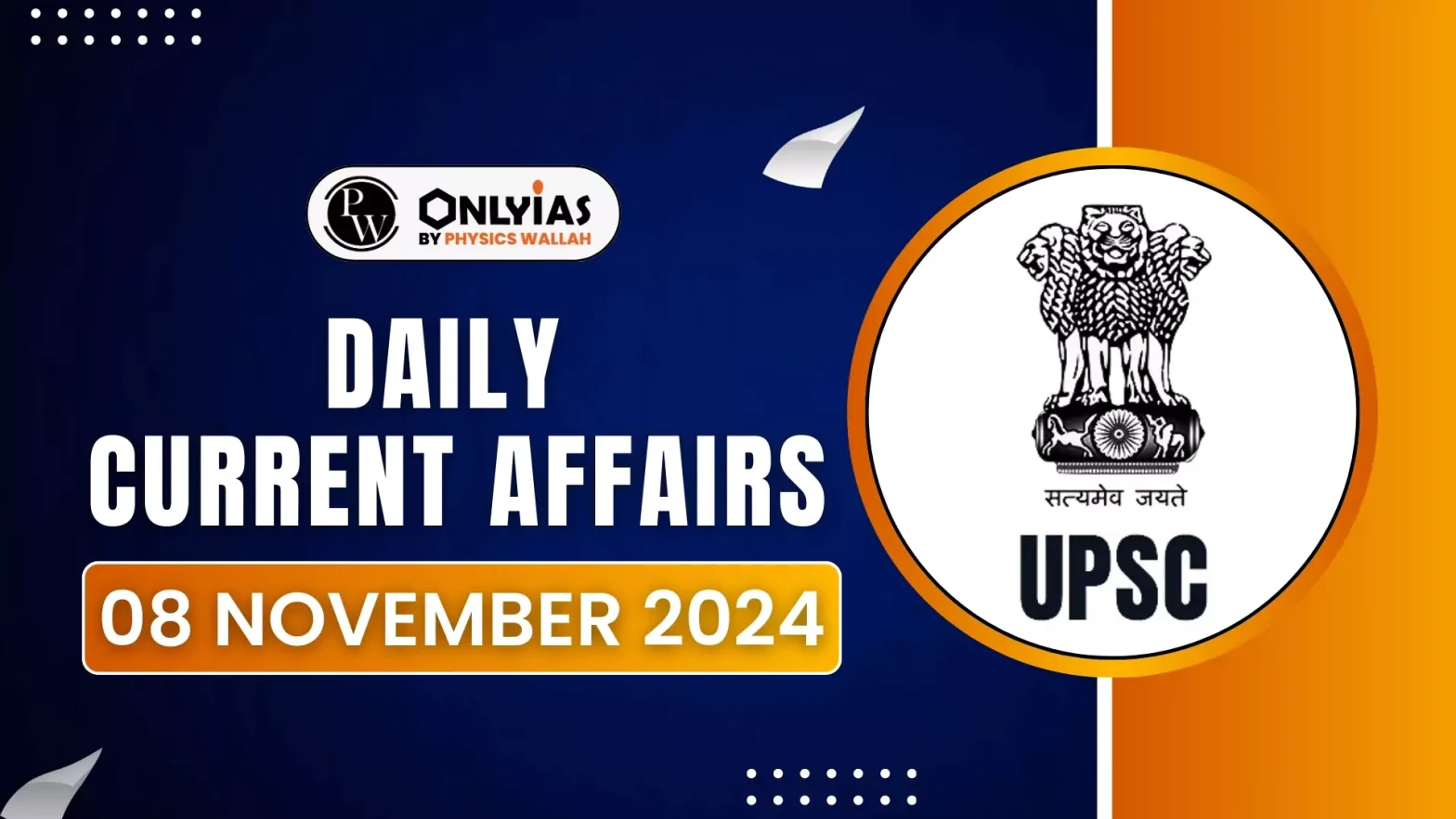The Cabinet Committee on Economic Affairs has approved an equity infusion to the tune of ₹10,700 crore in Food Corporation of India (FCI) by way of conversion of ‘Ways and Means Advance’ to equity in 2024-25.
- The equity will be used as working capital for the FCI in this financial year.
- Equity Infusion: FCI in the last financial year (2023-24) has seen an increase in equity from ₹4,496 crore in 2019-20 to ₹10,157 crore.
- Objective: To enhance the operational capabilities of FCI so that to fulfill its required mandate.
Reasons for Equity Infusion
- Enhance Procurement: To enhance FCI’s food grain procurement operations as there was complaints regarding delays in paddy procurement in the kharif harvest season mainly from Punjab and Haryana.
- To strengthen FCI’s financial position and meet its working capital requirement.
- Reduce subsidy Burden: FCI usually relies on short term borrowings to match the fund shortage. The infusion will fill the gap helping lower the interest burden and ultimately reducing the subsidy of Government of India
- Food subsidy in the period 2014-2024 has increased more than 4 times to Rs 21,56,000 crore from Rs 5,15,000 crore during 2002-2014 period.
- Sustainable handling of Stocks: FCI’s average stock holdings over the past five years have been around ₹80,000 crore. The capital boost will enable FCI to handle this growth more sustainably.
- Inflation: Inflation due to MSP hikes and increased stock levels has raised the cost of food procurement for FCI requiring additional capital to meet its working capital needs.
Check Out UPSC Modules From PW Store
About The Food Corporation of India
- Established Under: FCI was setup under the Food Corporation’s Act 1964
- Objectives: To ensure food security, stabilize food prices, and promote agricultural development within the country by performing certain functions like,
- Procurement: FCI along with other State Agencies undertakes procurement of wheat and paddy under the price support scheme and ensures MSP to the farmers and availability of food grains to the weaker sections at affordable prices.
- The Procurement function is an effective market intervention keeping the prices under check and also adding to the overall food security of the country.
- Movement: FCI on an average transports 42 to 45 million tonnes of foodgrains across the country in a year in order to,
- Evacuate stocks from surplus regions
- Meet the requirements of deficit regions for NFSA/ TPDS and Other Schemes
- Create buffer stocks in deficit regions.
- Storage: FCI maintains a network of warehouses and Silos to hold stocks of procured foodgrains to meet Public Distribution System and Other Welfare Schemes requirement undertaken by the Government of India.
- Also, buffer stock is to be maintained for ensuring food security of the nation in times of crisis or calamity
- Distribution: FCI also plays a role in distribution of foodgrains under PDS/NFSA (PMGKAY) & Other Welfare Schemes (PM POSHAN, Annapurna, Welfare Institutions & Hostels, Wheat Based Nutrition Programme and Scheme for Adolescent Girls)
- FCI ensure an equitable distribution of available foodgrains at reasonable prices to the vulnerable sections of society throughout the year
- Quality Control: Food Corporation of India’s testing laboratories spread across the country for effective monitoring of quality of foodgrains providing quality assurance as per FSS Act 2006, leading to improved satisfaction level to the customers.
Ways and Means Advance (WMA)
- These are short-term loans given by the Reserve Bank of India (RBI) to the central and state/UT governments, helping them meet with temporary budget deficits. The RBI provides this facility as part of its credit policy.
- WMAs can be availed only on the condition of repayment within three months (90 days) and are often issued at the repo rate.
- Introduction: The WMA scheme was introduced on April 1, 1997 by replacing the ad-hoc Treasury Bills to cover the temporary finance requirements of the central government.
- Purpose: WMAs are used to help governments manage temporary mismatches in their receipts and expenditures.
- Act: The scheme is administered through Section 17(5) of the RBI Act, 1934.
- Limits: The limits for Ways and Means Advances are decided by the government and RBI mutually and revised periodically
- Types: There are two types of WMAs for the State Governments,
- Normal WMA and Special WMA (Special Drawing Facility (SDF)). Special WMAs are 1% point lower in interest rates than Normal WMAs and are exhausted first in exchange for the state’s holdings of government assets
- Overdrafts: If the amount is not returned within the 90-day period, it is treated as an overdraft. Interest on overdrafts is usually higher than the repo rate.
|
![]() 8 Nov 2024
8 Nov 2024

